The allocation procedure of All-India Services’ officers to states is an important aspect of personnel administration in the public sector. This article shows that a change in allocation policy in 2008 resulted in lower quality officers being systematically assigned to disadvantaged states. It examines the causes of these imbalances and impact on State capacity and development outcomes, and explores alternate mechanisms.
Designing mechanisms to assign officers of the All-India Services to states is an important aspect of personnel administration in the public sector and has far-reaching consequences for government administration, bureaucratic productivity, and economic and social progress. The All-India Services – comprising around 5,000 Indian Administrative Service (IAS), 4,000 Indian Police Service (IPS), and 3,000 Indian Forest Service (IFS) officers – are amongst the most elite civil services, in charge of revenue administration and policy implementation, maintaining law and order, and implementing environmental policies. These officers are recruited by the Centre, via the Civil Service Examination conducted by the Union Public Service Commission (UPSC), and assigned for life to a particular state cadre at the start of their careers. The purpose of having lifelong appointments to a particular cadre, sometimes their home state and sometimes not, is to promote national integration and unity.
Motivated by the desire that the All-India Services live up to their ‘all-India’ mandate and promise ‘well-balanced’ development across all of India’s state cadres, the government tries to avoid lopsided allocations on three dimensions when designing the cadre allocation procedure. Firstly, the UPSC aims for a mix of officers from the general, SC (scheduled caste), ST (scheduled tribe), and OBC (other backward classes) categories in each cadre, reflecting the nationally mandated reservation percentages (‘quota constraint’). Secondly, for every officer (‘Insider’) who is assigned to his/her home cadre, the UPSC tries to assign two officers (‘Outsider’) whose home cadre is different from the assigned cadre (‘embeddedness constraint’). Finally, the UPSC tries to achieve an equitable balance of quality – as proxied by the exam rank/score – of assigned officers across cadres (‘quality balance constraint’).
Thus, the challenge is to design a procedure which tries to accommodate officers’ preferences over cadres, while also satisfying these constraints. Do these procedural designs matter? Do they affect performance and outcomes? Can the existing systems be improved? The answer to all these questions is a resounding, “Yes!”
Recent cadre allocation mechanisms and imbalances in assignments
The cadre allocation process for the All-India Services is transparent, algorithmic, and void of subjective internal evaluations or arbitrary political influence seen in subsequent transfer or promotion processes (Iyer and Mani 2012). The UPSC has changed the assignment procedures a few times in the past, including most recently in 2018 (see below). I focus on two recent regimes: 1984 Policy, in place from 1984-2007, and 2008 Policy, in place from 2008-2017 (Thakur 2018).
Both policies first assign officers – in order of exam rank – to Insider positions to anyone who indicates their top choice as being their home cadre, conditional on there being a vacancy in their reservation category. After allotting all possible Insiders, the two mechanisms differ in their method of allotting Outsiders (who did not get their home cadre Insider position and who did not want to be assigned to their home cadre). The 1984 Policy has a formulaic roster process which does not take into account any further preferences of the officers. From the perspective of the officers, it is basically an unpredictable, as-if-random assignment. At the expense of not considering officers’ cadre preferences however, the procedure tries to balance the quality (exam rank) of assigned civil servants across cadres. This is achieved by prioritising certain states over others across years and by prioritising states which failed to get many high-ranking Insiders, for being assigned high-ranking Outsiders. On the other hand, the 2008 Policy assigns Outsiders – in order of exam rank – to their most preferred cadre which has a vacancy for them.
I find that the change to the 2008 Policy leads to many imbalances. First, I notice that the following cadres:
(1) Nagaland
(2) Assam-Meghalaya
(3) Manipur
(4) Tripura
(5) Sikkim
(6) Jammu and Kashmir
(7) West Bengal
(8) Chhattisgarh;
(hereafter called “disadvantaged cadres”1 – regions with foreign conflict, states with internal political strife, and newly-formed states – systematically receive officers with 144 lower exam ranks on average as a result of the 2008 Policy (Figure 1). Second, the variance across all cadres of within-cadre average exam ranks drastically jumps starting from 2008, representing increased inequality in quality of civil servants across cadres (Figure 2).
Figure 1. Average of within-cadre average exam rank for advantaged cadres (blue) and disadvantaged cadres (red) over time
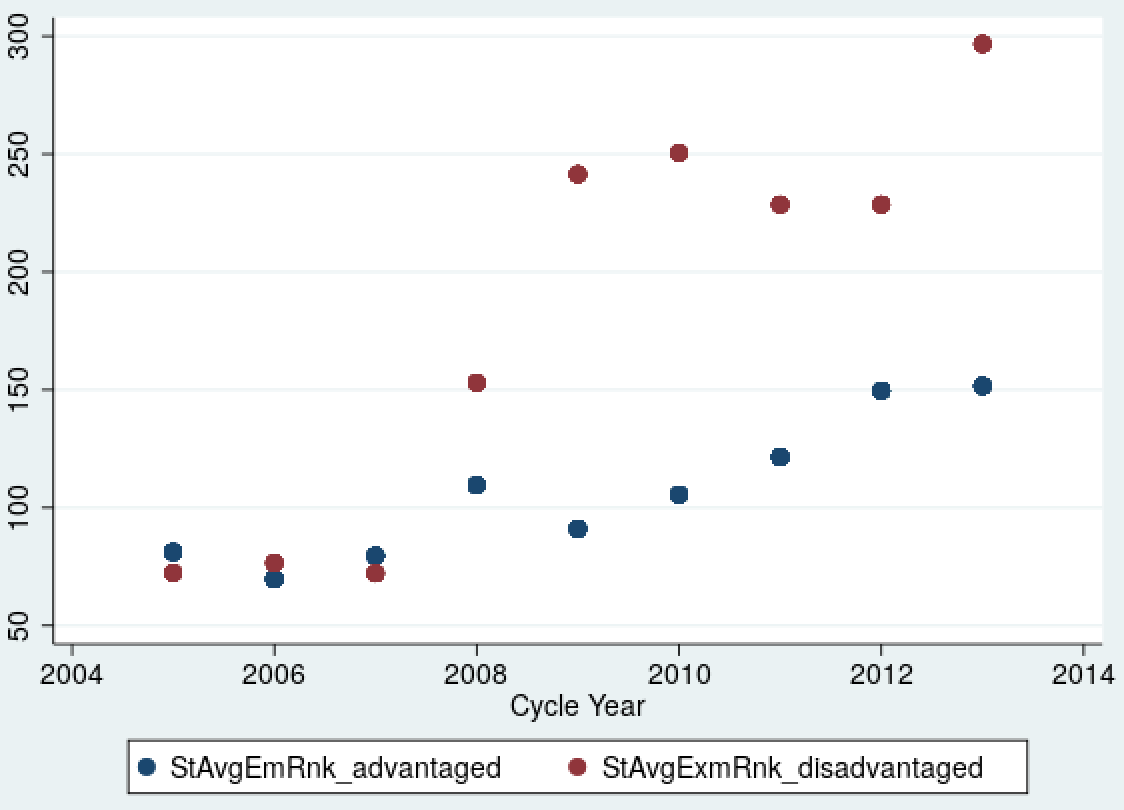
Figure 2. Variance of within-cadre average exam rank across all cadres
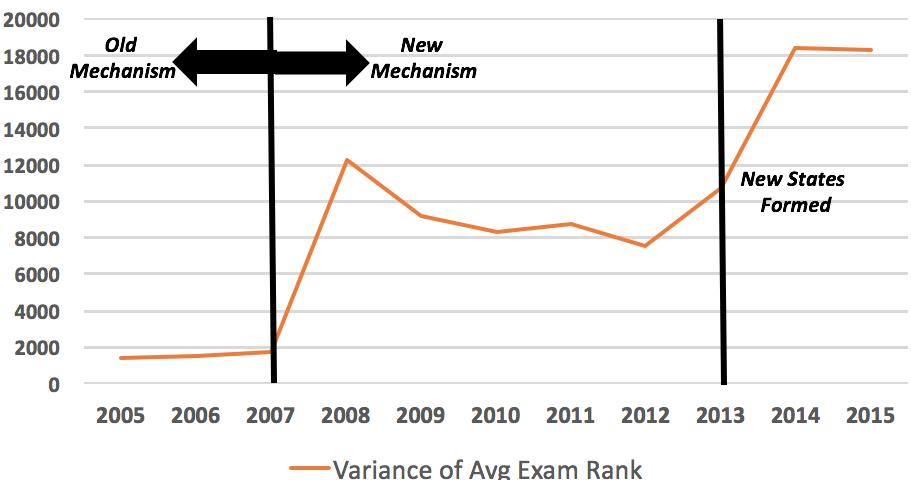
Note: There is a structural shift starting from the 2008 Policy, which increased inequality of quality across cadres.
Moreover, as a result of the 2008 Policy, distance of assigned cadre from home cadre decreases and homophily increases with Northerners staying in Northern cadres and Southerners staying in Southern cadres. This undermines the national unity and integration purpose of the All-India Services.
Figure 3. Distance of assigned cadre from home cadre (in miles)
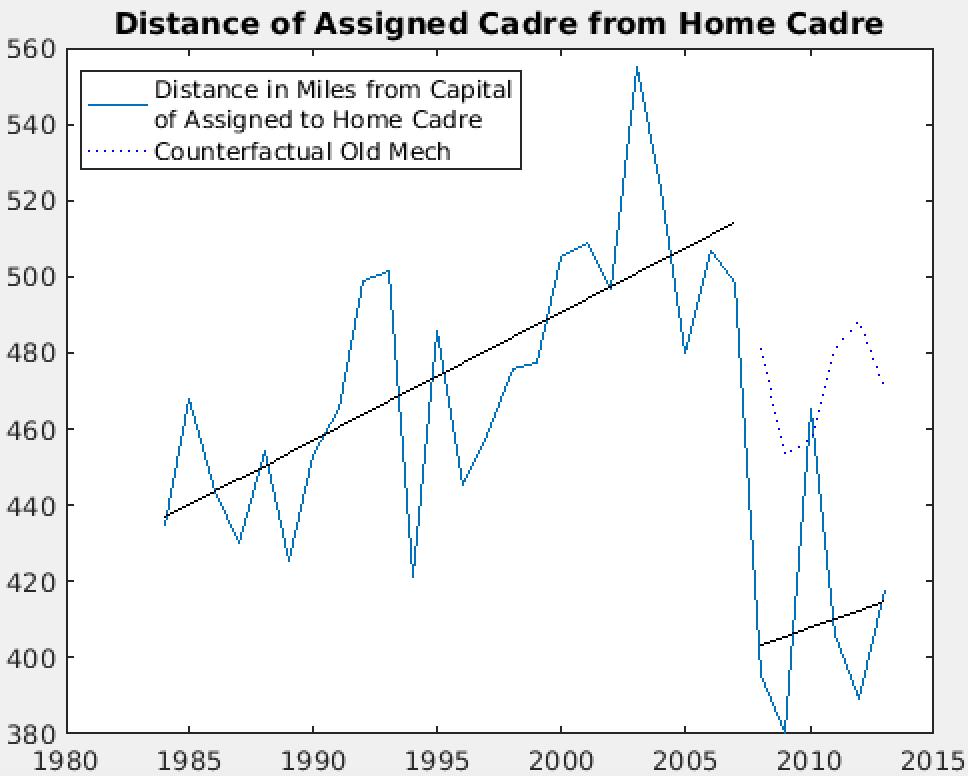
Note: Notice drop after 2008 Policy, especially when compared to 1984 Policy run on post-2008 data (dotted line).
Figure 4. Percentage of Northern (Southern) officers assigned to Northern (Southern) state cadres on left (right)
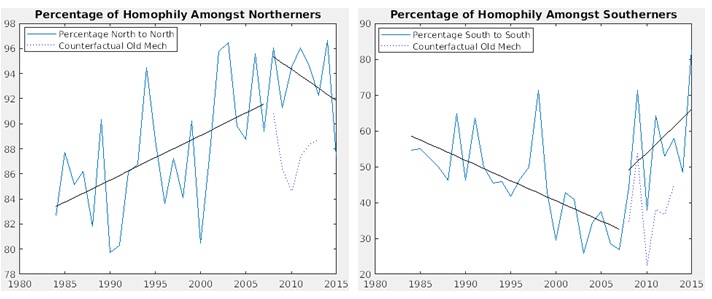
Note: Notice upswing in homophily after 2008 Policy, especially when compared to 1984 Policy run on post-2008 data (dotted line).
Causes of these imbalances in assignments
I find that these imbalances resulting from the 2008 Policy are primarily driven by:
- Highly correlated preferences of officers over state cadres they would like to serve in
- Differences across state cadres’ successes at producing exam toppers
Correlated Preferences
Cadre preferences of exam toppers are correlated as disadvantaged cadres are consistently ranked towards the bottom of most preference lists. This is evident from the average preference rank given to each cadre by the 122 IPS officers in 2008, that is, Nagaland is ranked 23rd out of 24 on average.
Table 1. Average preference rank out of 24 cadres for IPS 2008 batch
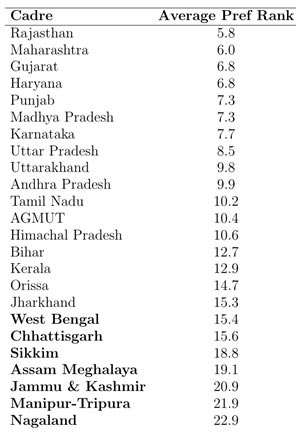
Note: The disadvantaged cadres (in bold) are bunched at the bottom, that is, consistently ranked low in preference order. AGMUT is a joint cadre comprised Arunachal Pradesh, Goa, Mizoram, and Union Territories.
I find that there is an overwhelming preference for assignments closer to home when officers rank cadres. Almost all officers want to be considered for Insider positions in their home state. At the top of their preference lists, officers tend to rank close-by cadres in terms of how well to do the state is, that is, in order of GDP (gross domestic product) per capita. At the bottom of their preference lists, officers tend to rank cadres farthest away from their home state in order of development outcomes.
Figure 5. Distribution of cadre preferences across four quartiles for all 18 IPS officers from Uttar Pradesh in 2008
Skew in origin of exam toppers
Since both the 1984 and 2008 Policies prioritise Insiders and there is an overwhelming preference to be assigned to one’s home state, Insiders tend to have better exam ranks than Outsiders. We find that states with higher GDP per capita, higher health index, and larger population tend to produce more exam toppers. This leads to vast differences in cadres’ supply of Insiders. Cadres such as Tamil Nadu, Rajasthan, and Uttar Pradesh, which placed 2.67, 2.4, and 1.67 exam toppers relative to total vacancies during 2005-2007, benefit from high-quality Insiders. On the other hand, disadvantaged cadres such as Sikkim, Assam-Meghalaya, and Nagaland which placed only 0, 0.7, and 0.13 exam toppers relative to vacancies during 2005-2007, rarely benefit from getting high-quality Insiders. The situation is exacerbated by the fact that exam toppers from disadvantaged cadres also tend to have worse exam ranks than those from advantaged cadres.
Imbalances in assignments translate to imbalances in outcomes
We find that this quality imbalance generated by the 2008 Policy is also reflected in performance and outcome measures. By exploiting the exogenous change in assignment procedure, we find that own tax revenue and Human Development Index (HDI) have diverged across the advantaged and disadvantaged cadres after the 2008 Policy (Figure 7). Duties of the IAS include: (a) maintaining law and order (as executive magistrates), (b) revenue administration (as collectors of revenue, acting as courts in revenue matters and supervising expenditure of public funds), and (c) general administration (as development officers implementing and formulating policies). As a result of the mechanism change in 2008, I estimate that the gap between advantaged and disadvantaged cadres widens by Rs. 1336.6 crore in own tax revenue and 0.05 in HDI. The divergence in both these quantities begins in 2010-2011 when the first batch of officers under the 2008 Policy started on the field after training. And this only grows wider over time as more and more civil servants are replaced with new batches under the 2008 Policy.
Figure 6. Own tax revenues (Top) and Human Development Index (Bottom) for advantaged and disadvantaged cadres over time
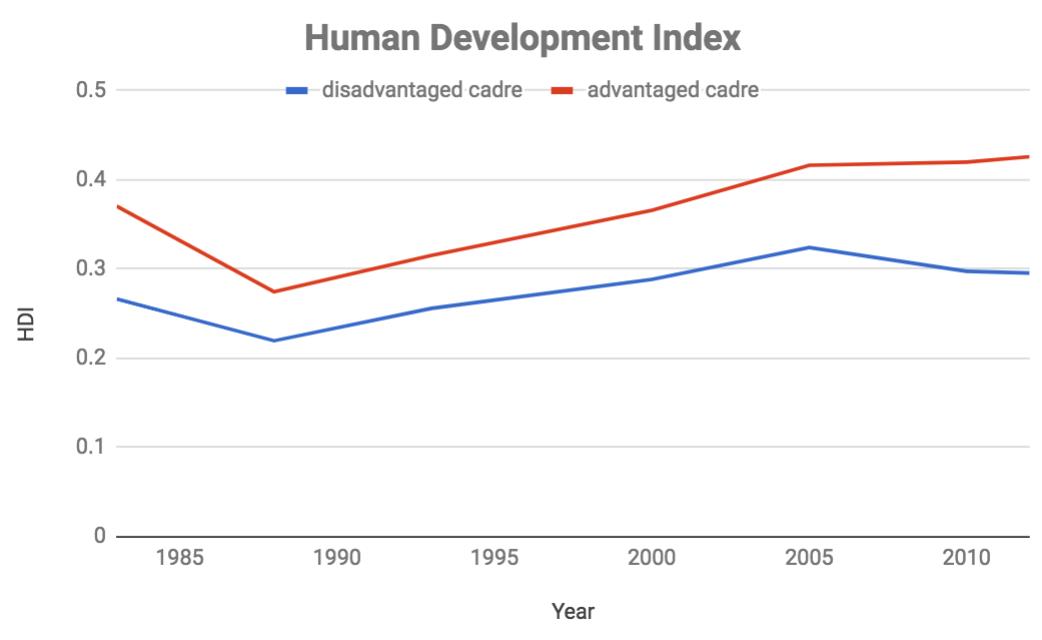
Note: The structural break starts from year 2010-11, the first year 2008 Policy IAS officers enter start after initial training.
Alternative policies and their tradeoffs
In trying to alleviate some of these imbalances, I evaluate several alternative policies and mechanisms and discuss their tradeoffs, in my research paper (Thakur 2018). Here, I highlight some of these policies addressing three dimensions: (1) correlation in preference, (2) skew in origin of exam toppers, and (3) changing mechanisms to incorporate various constraints and other considerations.
Addressing correlation in preferences
To address the increase in homophily which was undermining the national integration purpose of the All-India Services, the UPSC announced a new cadre allocation policy in 2018. The procedure is identical to the 2008 Policy but places a further restriction on reporting preferences. State cadres are divided into 5 regional Zones. Officers are to first rank their preference over Zones (to be considered Insider, top ranked Zone must contain one’s home state) and then rank the cadres within each Zone. An officer’s final preference used for allocation is:
- 1. Most preferred cadre in most preferred zone
- 2. Most preferred cadre in 2nd most preferred zone
… - 5. Most preferred cadre in 5th most preferred zone
- 6. 2nd most preferred cadre in most preferred zone
- 7. 2nd most preferred cadre in 2nd most preferred zone
The 2008 Policy was designed so that it was in the best interest of an officer to truthfully reveal their true preference ordering. However, this 2018 Policy incentivises officers to manipulate their reported preferences to get a more preferred assignment. For example, one can avoid landing in a Zone with cadres which one really does not like, by ranking a less popular cadre in the preceding Zone. Such design flaws allow the system to be gamed, thereby undermining its intended effect.
Instead of placing direct restrictions on preferences, the government could also nudge officers’ preferences in other ways. Firstly, officers working in distressed areas can be compensated with income bonuses or increased perks (Dal Bo et al. 2012). Secondly, disadvantaged cadres can be made more attractive by enhancing career opportunities, that is, relaxing eligibility for deputation and/or seniority restrictions for promotions and empanelment.
Addressing the skew in origin of exam toppers
To address the paucity of exam toppers from disadvantaged cadres, the government could establish reserved seats or relaxed qualification requirements for officers from disadvantaged cadres. Currently for example, applicants from Jammu and Kashmir have a relaxed age limit of 37 (same as SC/ST category applicants) and are allowed unlimited attempts at the Civil Services Examination. In constructing the final list of qualified officers to match the number of vacancies, the UPSC has chosen to prioritise exam rank and quota. However, there is no attempt made to meet Insider vacancies. At the cost of lower exam ranks, the UPSC could go further down the exam ranks to get toppers from home states which are not well-represented in the current lists. In light of Bhavnani and Lee (2016), Vaishnav and Khosla (2016) suggested experimenting with increasing the proportion of Insiders. If such policy recommendations are to be taken seriously, the roster of officers must be adjusted to overcome these asymmetries in exam performance by candidates from different cadres.
Alternatively, states can be grouped to gain from a larger, shared pool of Insiders. While most cadres are individual states, states in joint cadres like Assam-Meghalaya, Manipur-Tripura, and AGMUT (Arunachal Pradesh-Goa-Mizoram-Union Territories) have often benefited from cross-subsidisation. For example, Assam produced 72% of Assam-Meghalaya exam toppers, while Delhi produced 74% of AGMUT exam toppers from 2005-2015.
Alternative assignment mechanisms
To assess alternative cadre allocation procedures, I adapt several ideas from the relatively new field in economics called Matching Theory, used to design allocation procedures to assign residents to hospitals, students to schools, etc. Regional balance for purposes of national integration and quality balance can be achieved by changing priorities over certain vacancies. For example, some vacancies in each cadre could be prioritised for different quartiles of exam rank or different regions of origin. This will ensure a more equitable quality balance and decrease homophily compared to the 2008 Policy. Such priorities are used in mechanisms to address affirmative action in many schools/colleges across the world (Ehlers et al. 2014).
Thus far, UPSC’s procedures only incorporate officers’ preferences over cadres (“one-sided matching”); however, there might be good reason to also incorporate cadres’ preferences over officers (“two-sided matching”). For example, IAS officers have diverse education backgrounds ranging from medical doctors and MBAs to engineers and economics Ph.D.s. And over the course of their careers, their positions can range from being in charge of animal husbandry and agricultural policy (where technical scientific understanding might be useful) and managing land revenue and district administration (where commerce/finance degrees could be handy), to working in tribal areas (where history, politics, and cultural knowledge is imperative) and managing higher education policies (where science/engineering degrees could be useful). Increasing specialisation in these areas suggests that matching IAS officers to posts based on their education, work experience, and technical training might be useful.
This speaks to the long-fought debate over whether civil services should be generalists or specialists. The existing system is a generalist system, where regardless of background and education, an IAS officer for example, can be asked to take up any role he/she is assigned. However, Ferguson and Hasan (2013) find that specialisations are rewarded in career trajectories of IAS, which suggests that taking into account the cadre’s need for certain specialisations by incorporating cadre’s preferences over officers might be useful. Moreover, All-India Services’ officers can be assigned to a cadre where they do not speak the local language, so perhaps cadres might have preferences over local language proficiency of officers, which they can also express with two-sided matching.
Concluding remarks
The design of civil service allocation mechanisms matters. Certain imbalances, like the underlying correlations in officers’ cadre preferences, can feed through procedural designs and translate to imbalances in development outcomes and bureaucratic performance. If such imbalances are not addressed, vicious cycles can emerge: relatively higher quality civil servants avoid disadvantaged cadres, outcomes in these distressed areas further deteriorate, and the preference to avoid these regions is further reinforced. Using modern tools of matching theory to improve the design of such assignment procedures to better suit the government’s needs seems like a productive enterprise.
Notes:
- Advantaged cadres are all cadres not designated as disadvantaged cadres.
Further Reading
- Bertrand, M, R Burgess, A Chawla and G Xu (2015), ‘Determinants and consequences of bureaucrat effectiveness: Evidence from the Indian administrative service’, Working Paper.
- Bhavnani, Rikhil R and Alexander Lee (2016), “Local Embeddedness and Bureaucratic Performance: Evidence from India”, Journal of Politics, 80(1).
- Dal Bo, Ernesto, Frederico Finan and Martin A Rossi (2013), “Strengthening state capabilities: The role of financial incentives in the call to public service”, Quarterly Journal of Economics, 128(3): 1169-1218. Available here.
- Ehlers, Lars, Isa E Hafalir, M Bumin Yenmez and Muhammed A Yildirim (2014), “School choice with controlled choice constraints: Hard bounds versus soft bounds”, Journal of Economic Theory, 153(C): 648-683.
- Ferguson, John-Paul and Sharique Hasan (2013), “Specialization and career dynamics: Evidence from the Indian Administrative Service”, Administrative Science Quarterly, 58(2): 233-256.
- Iyer, Lakshmi and Anandi Mani (2012), “Traveling agents: Political change and bureaucratic turnover in India”, Review of Economics and Statistics, 94(3): 723-739.
- Nath, A (2015), ‘Bureaucrats and Politicians: How Does Electoral Competition Affect Bureaucratic Performance?’, Institute for Economic Development (IED) Working Paper 269.
- Roth, AE (2015), Who Gets What---and Why: The New Economics of Matchmaking and Market Design, Houghton Mifflin Harcourt.
- Thakur, A (2018), ‘Matching Problem of Civil Service’, Working Paper. Available here.
- Vaishnav, M and S Khosla (2016), ‘The Indian Administrative Service Meets Big Data’, Carnegie Endowment for International Peace.




 18 March, 2019
18 March, 2019 




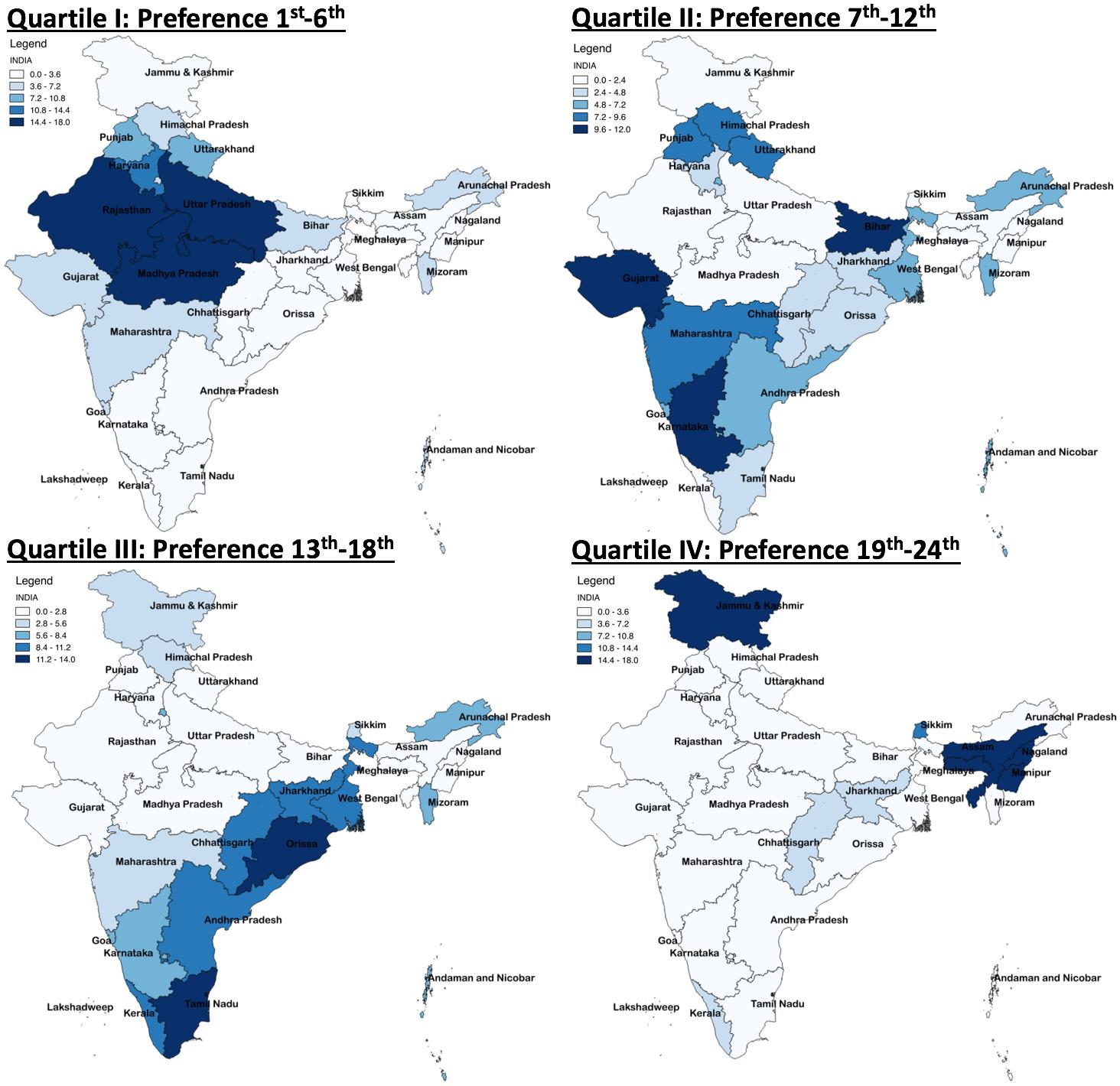
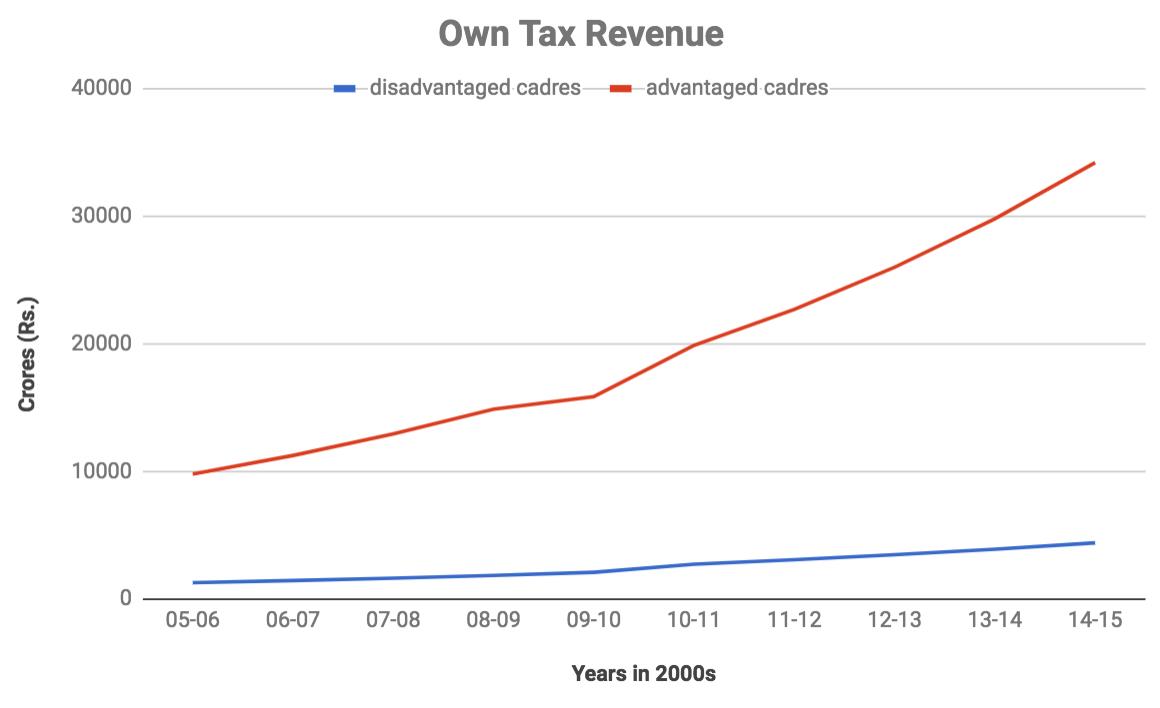
Comments will be held for moderation. Your contact information will not be made public.